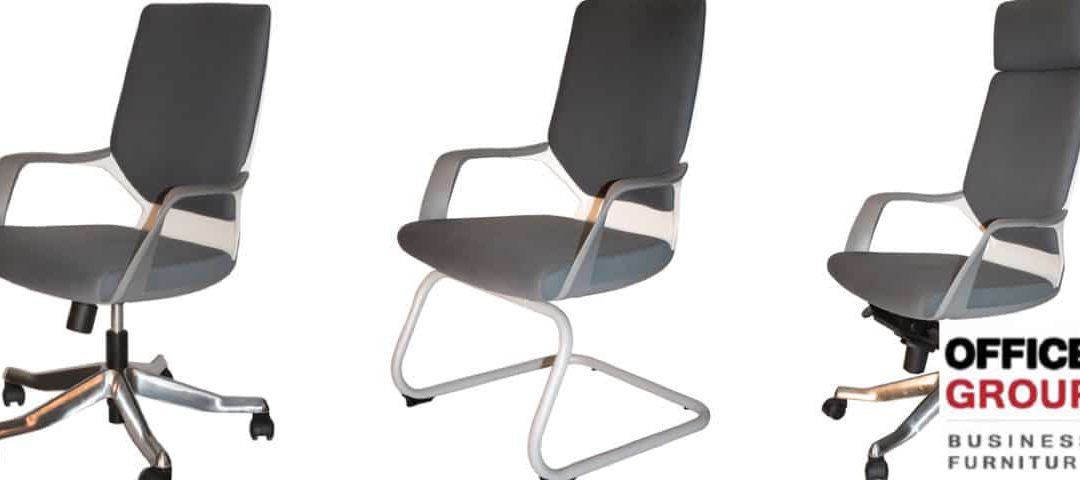ergonomics
ˌəːɡəˈnɒmɪks/
nounthe study of people’s efficiency in their working environment.
How effective is your chair in helping with those back aches ?
We often walk into shops or go online and look for the chair that will match our décor or theme, how ever these chairs are 90% of the time dreadfully uncomfortable!
The ergonomic chairs are usually the chairs people pull their noses too, the “Ugly Bettys” in the corner.
In the twenty first century most people have jobs that require sitting for long periods at a time, if not your lucky!
When shopping for that ultimate chair that you can work in all day without feeling like you bent over backwards by the end of the day, you should be looking at chairs that can be adjusted both to fit your body and the way you work.
Buying a office chair is like buying a car! You have to make sure it at least has the minimum requirements in order for it to “make the list”…
- Seat Height Adjustment – You should be able to adjust your seat height so that your knees are a little lower than your hips, with your feet resting flat on the floor.
- Seat Pan Depth Adjustment (seat slider) – This allows you to adjust the depth of your seat so that you have 1-4 inches between the front edge of your seat and the back of your knee to allow for both leg support and blood flow.
- Back Rest Height Adjustment – The ability to adjust the height of your chair back allows you to position the contours of the back cushion for optimal back support.
- Swivel Base – Provides the ability to turn while seated.
- Back Angle Adjustment – This allows you to fine tune the back for a comfortable position. We recommend you change positions throughout the day or leave the back angle unlocked and rock back and forth.
- Back Tilt Tension Adjustment – The tension knob lets you adjust the pressure needed to rock back in your chair.
- Arm Support Adjustment – At a minimum, chair arms should be height adjustable. Optimally the arms are also width adjustable and/or offer a pivot so you can place the arm pads where they support you best while typing.
- Quality Casters – Often overlooked, but this is important, as your entire body weight is supported by one or two casters when entering and exiting your chair. Cheaper casters break often.
- Stable Wheel Base – Minimum five-spoke caster base.
- Lumbar Support – The lumbar support needs to be adjustable to place in the correct position. Sometimes this is accomplished by changing the chair back height. Ideally the lumbar is independently height adjustable. On some chairs, the depth and/or pressure of the lumbar support is also adjustable.
- Headrest Adjustment – A headrest is not a requirement for an ergonomic chair, but if you have a headrest, it needs to be adjustable to fit you properly.
- Encourages Posture Changes – You’ll be more comfortable over a long work day if you change positions occasionally. Movement helps increase blood flow and alertness and prevents deep vein thrombosis. This can be as simple as getting up and taking 5 minute mini-breaks during the day, but rocking or changing your back angle every so often can also help.
If the chair you have been eyeing out does not match these specifications keep on looking, It’s not worth back aches and sleepless nights!
At Office Group we keep trends & comfort in mind! Choosing the correct ergonomic chair is crucial to your comfort and long-term health!
